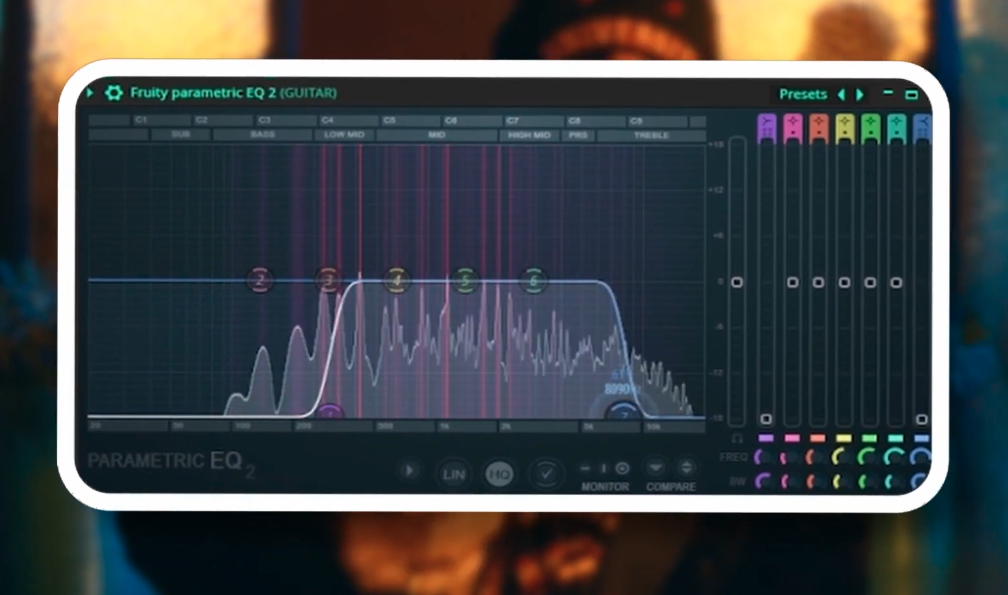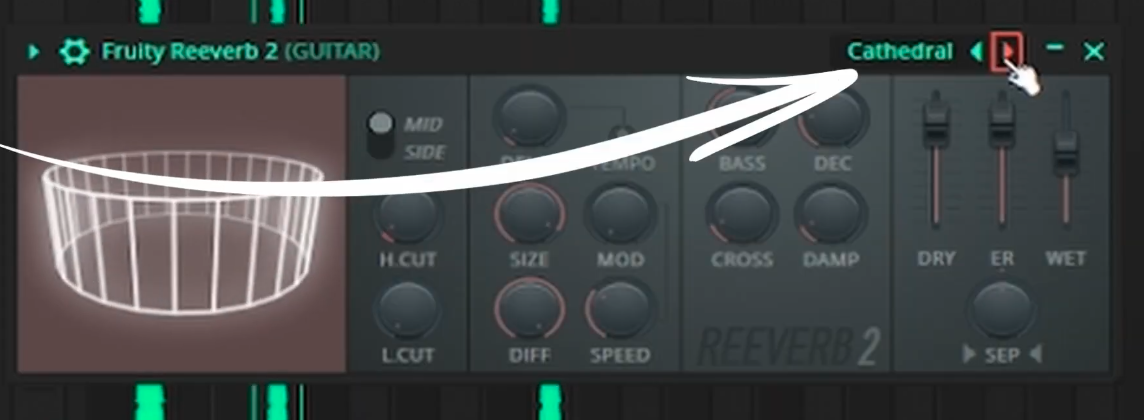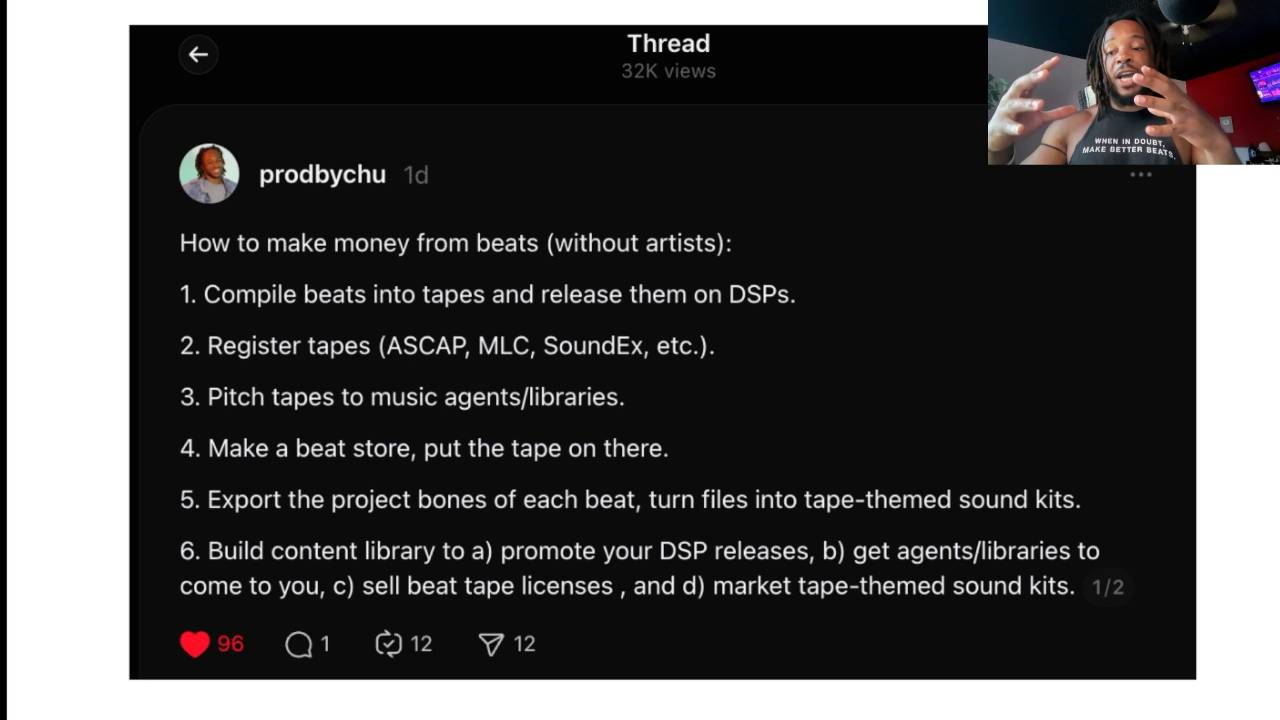Today I am going to be showing you a NO BS mixing process that will have your beats sounding as clean and hitting as hard as Travis Scotts'.
If you follow the steps in this post, I 100% guarantee your mixes will improve.
And, as a bonus, you’ll find out TWO super secret mixing strategies that professional mix engineers use in every trap beat.
SAUCE TIP #1 - Soft clipping / brick wall limiting
The first secret tip is to always have a soft clipper on your master.
Get rid of that shitty fruity limiter and opt for the fruity soft clipper instead.
Or if you still have some Christmas money left over, you can go for something a bit more heavy duty like the TR5 Soft Clipper.
All modern songs get slammed into a soft clipper or brickwall limiter.
The best producers know this and so do the same with their beats.
MELODY
I started with a guitar melody I got from my boy PureDandyy.
Then I added a flourish and accent from KXVI's MiniStash Kit.
MIXING THE MELODY
Now we can get into mixing the melody which starts with EQ.
We can do this with the parametric EQ 2. Change both the outer bands slopes to the steepest settings so you can make hard cuts on all unneeded high and low frequencies.

A mistake A lot of noobs make is using EQ bands to boost frequencies. Any professional will tell you to cut frequencies always and to boost rarely.
There's a deeper reason why, but the TLDR is that cutting unwanted frequencies allows the good ones to shine instead of you having to boost the good ones and thus ruining the sound spectrum in the process.
I made this cut here because there were a few harsh frequencies getting in the way of the rest of the beautifulness.

The next effect in this chain is Chorus because it adds depth and width to your sound

There are many chorus VSTs to choose from.
I like Tal Chorus XL for 3 reasons;
-
it's free
-
it's an emulation of one of the best chorus mods ever, the Juno 60
-
you can slap it on anything straight out of the box and make it sound better.
Related: The BEST FREE PLUG-INS For 2023
Next is delay. This is a time based effect that echos the signal to make it sound less dry. The sauce here is to just fire up the fruity delay 2 and use the widen preset.

I've used a ton of delays and never heard a setting better than this for adding subtle width to a signal.
And now reverb. Reverb is like delay. It also creates an echo.
The difference is that reverb also simulates that signal being bounced off a surface. This is why the fruity reverb has a bunch of settings named after rooms or building like 'large hall' or 'drum room'.
Speaking of which, I like using the cathedral preset from fruity reverb.

The only tweaks I make are turning the bass to zero, messing with the dry slider which makes the original signal louder, and playing with the wet slider which makes the reverbed signal more powerful.
LEVELING
First, I wanna talk about something that I know you have a question about.
Gainstaging.
This topic has been mystified all to hell so let me just tell you what it is in as simple terms as possible.
Gainstaging is just leveling. At different stages, if you will.
With that being said, the leveling method I show you in the video above can be applied to any stage and I strongly recommend applying it to your channel rack volume knobs and mix faders.
Mixing on a deeper level
My goal is to show you the No Bull Shit gems that will have your mixes sounding godly.
I dumped most of the technical stuff for this video just to give you the sauce.
If your a nerd like me and care about this kind of stuff on a much deeper level, check out this post here.
Get Sound Kits 👇





